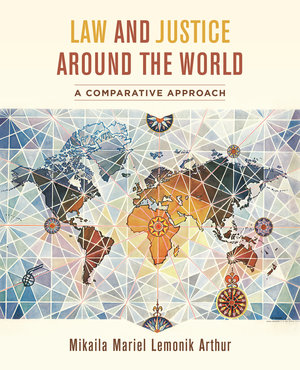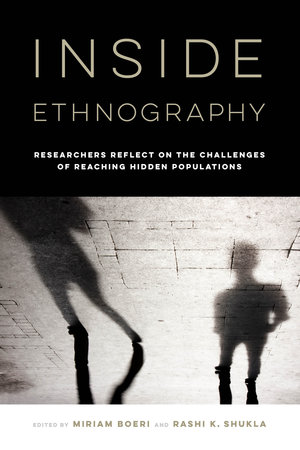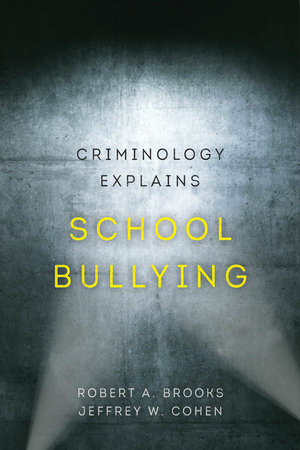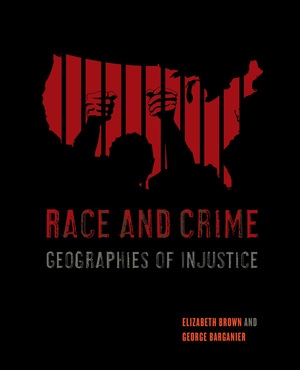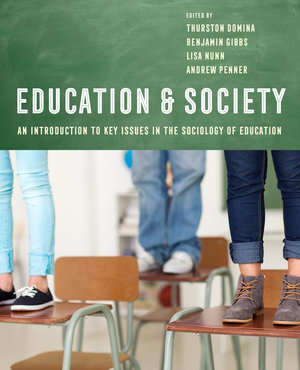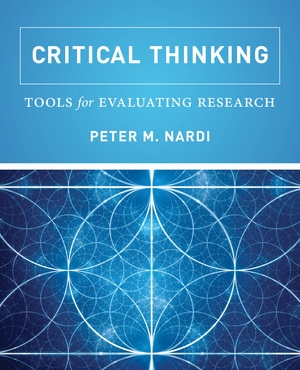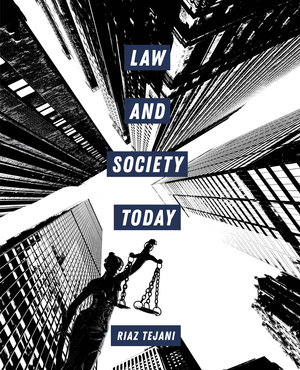Explore our groundbreaking books that facilitate teaching across disciplines. To request an exam copy, click on “Request an Exam or Desk Copy” on the book page, and this will take you to our distributors site where you can order your copy.
Social Movements
The Structure of Collective Mobilization
by Paul Almeida
Social Movements cleverly translates the art of collective action and mobilization by excluded groups to facilitate understanding social change from below. Students learn the core components of social movements, the theory and methods used to study them, and the conditions under which they can lead to political and social transformation.
This fully class-tested book is the first to be organized along the lines of the major subfields of social movement scholarship—framing, movement emergence, recruitment, and outcomes—to provide comprehensive coverage in a single core text.
Deviance Management
Insiders, Outsiders, Hiders, and Drifters
by Christopher D. Bader and Joseph O. Baker
Deviance Management examines how individuals and subcultures manage the stigma of being labeled socially deviant. Exploring high-tension religious groups, white power movements, paranormal subcultures, LGBTQ groups, drifters, recreational drug and alcohol users, and more, the authors identify how and when people combat, defy, hide from, or run from being stigmatized as “deviant.” While most texts emphasize the criminological features of deviance, the authors’ coverage here showcases the diversity of social and noncriminal deviance. Deviance Management allows for a more thorough understanding of strategies typically used by normalization movements to destigmatize behaviors and identities while contributing to the study of social movements and intra-movement conflict.
Law and Justice around the World
A Comparative Approach
by Mikaila Mariel Lemonik Arthur
Law and Justice around the World is designed to introduce students to comparative law and justice, including cross-national variations in legal and justice systems as well as global and international justice. The book draws students into critical discussions of justice around the world today by:
- taking a broad perspective on law and justice rather than limiting its focus to criminal justice systems
- examining topics of global concern, including governance, elections, environmental regulations, migration and refugee status, family law, and others
- focusing on a diverse set of global examples, from Europe, North America, East Asia, and especially the global south, and comparing the United States law and justice system to these other nations
- continuing to cover core topics such as crime, law enforcement, criminal courts, and punishment
Instructor resources include discussion questions; suggested readings, films, and web resources; a test bank; and chapter-by-chapter PowerPoint slides with full-color maps and graphics.
Inside Ethnography
Researchers Reflect on the Challenges of Reaching Hidden Populations
by Miriam Boeri and Rashi K. Shukla
While some books present “ideal” ethnographic field methods, Inside Ethnography shares the realities of fieldwork in action. With a focus on strategies employed with populations at society’s margins, twenty-one contemporary ethnographers examine their cutting-edge work with honesty and introspection, drawing readers into the field to reveal the challenges they have faced.
Representing disciplinary approaches from criminology, sociology, anthropology, public health, business, and social work, and designed explicitly for courses on ethnographic and qualitative methods, crime, deviance, drugs, and urban sociology, the authors portray an evolving methodology that adapts to the conditions of the field while tackling emerging controversies with perceptive sensitivity.
Criminology Explains School Bullying
by Robert A. Brooks and Jeffrey W. Cohen
In this book, Robert A. Brooks and Jeffrey W. Cohen provide a concise, targeted overview of the major criminological theories to explain the phenomenon of school bullying, bringing to life what is often dense and confusing material with concrete case examples. Criminology Explains School Bullying is a valuable resource in criminology or juvenile delinquency classes, as well as special-topics classes on school violence, bullying, or the school-to-prison pipeline. Charts, critical thinking questions, and implications for practice and policy illuminate real-world applications, making this is a go-to book for teachers, students, and researchers interested in an empirically driven synthesis of criminological theory as it applies to school bullying.
Race and Crime
Geographies of Injustice
by Elizabeth Brown and George Barganier
Criminal justice practices such as policing and imprisonment are integral to the creation of racialized experiences in U.S. society. Race as an important category of difference, however, did not arise here with the criminal justice system but rather with the advent of European colonial conquest and the birth of the U.S. racial state. Race and Crime examines how race became a defining feature of the system and why mass incarceration emerged as a new racial management strategy. This book reviews the history of race and criminology and explores the impact of racist colonial legacies on the organization of criminal justice institutions. Using a macrostructural perspective, students will learn to contextualize issues of race, crime, and criminal justice.
Education and Society
An Introduction to Key Issues in the Sociology of Education
by Thurston Domina, Benjamin G. Gibbs, Lisa Nunn, and Andrew Penner
Drawing on current scholarship, Education and Society takes students on a journey through the many roles that education plays in contemporary societies. Addressing students’ own experience of education before expanding to larger sociological conversations, Education and Society helps readers understand and engage with such topics as peer groups, gender and identity, social class, the racialization of achievement, the treatment of immigrant children, special education, school choice, accountability, discipline, global perspectives, and schooling as a social institution. The book prompts students to evaluate how schools organize our society and how society organizes our schools.
Critical Thinking
Tools for Evaluating Research
by Peter M. Nardi
Critical Thinking prepares students to thoughtfully interpret information and develop a sophisticated understanding of our increasingly complex and multi-mediated world. Peter M. Nardi’s approach helps students sharpen their critical thinking skills and improve their analytical reasoning, enabling them to ward off gullibility, develop insightful skepticism, and ask the right questions about material online, in the mass media, or in scholarly publications. Students will learn to understand common errors in thinking; create reliable and valid research methodologies; understand social science concepts needed to make sense of popular and academic claims; and communicate, apply, and integrate the methods learned in both research and daily life.
Alt-Right Gangs
A Hazy Shade of White
by Shannon E. Reid and Matthew Valasik
Alt-Right Gangs provides a timely and necessary discussion of youth-oriented groups within the white power movement. Focusing on how these groups fit into the current research on street gangs, Shannon E. Reid and Matthew Valasik catalog the myths and realities around alt-right gangs and their members; illustrate how they use music, social media, space, and violence; and document the risk factors for joining an alt-right gang, as well as the mechanisms for leaving. By presenting a way to understand the growth, influence, and everyday operations of these groups, Alt-Right Gangs informs students, researchers, law enforcement members, and policy makers on this complex subject.
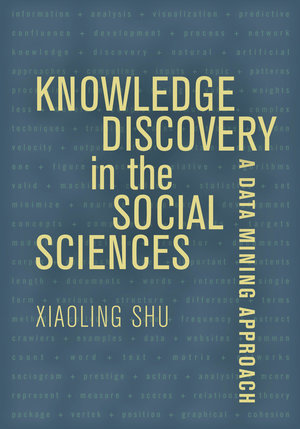
Knowledge Discovery in the Social Sciences
A Data Mining Approach
by Xiaoling Shu
Knowledge Discovery in the Social Sciences helps readers find valid, meaningful, and useful information. It is written for researchers and data analysts as well as students who have no prior experience in statistics or computer science. Suitable for a variety of classes—including upper-division courses for undergraduates, introductory courses for graduate students, and courses in data management and advanced statistical methods—the book guides readers in the application of data mining techniques and illustrates the significance of newly discovered knowledge.
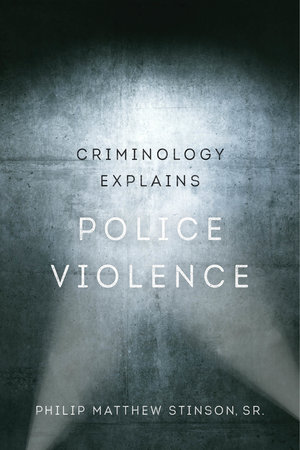
Criminology Explains Police Violence
by Philip Matthew Stinson Sr
Criminology Explains Police Violence offers a concise and targeted overview of criminological theory applied to the phenomenon of police violence. In this engaging and accessible book, Philip M. Stinson, Sr. highlights the similarities and differences among criminological theories, and provides linkages across explanatory levels and across time and geography to explain police violence.
This book is appropriate as a resource in criminology, policing, and criminal justice special topic courses, as well as a variety of violence and police courses such as policing, policing administration, police-community relations, police misconduct, and violence in society. Stinson uses examples from his own research to explore police violence, acknowledging the difficulty in studying the topic because violence is often seen as a normal part of policing.
Law and Society Today
by Riaz Tejani
Law and Society Today is a problem-oriented survey of sociolegal studies, with a unique emphasis on recent historical and political developments. Whereas other texts focus heavily on criminal procedure, this book foregrounds the significant changes of the 2000s and 2010s, including neoliberalism, migration, multiculturalism, and the large influence of law and economics in law teaching, policy debates, and judicial decision-making.
Each chapter presents key concepts, real-world applications, and hypothetical problems that allow students to test comprehension. With an integrated approach to theory and practice and written in an accessible tone, this text helps students recognize the dynamic forces that shape the way the law is constructed and implemented, particularly how law drives social inequality.


